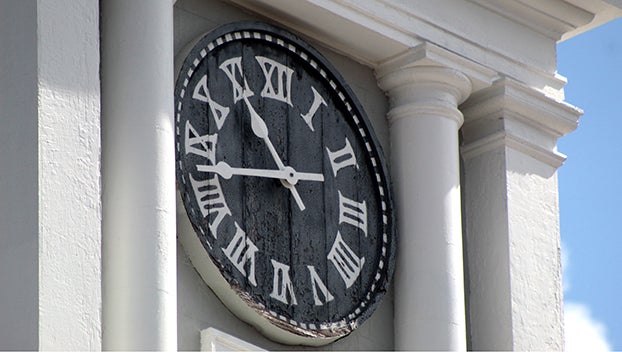What is the Fourteenth Colony?
Published 7:30 am Sunday, September 22, 2024
|
Getting your Trinity Audio player ready...
|
The flags of three European countries, France, Great Britain, and Spain have flown over Natchez and southwest Mississippi. The British colony of West Florida, once stretched from the mighty Mississippi to the shallow bends of the Apalachicola River and included portions of what are now the states of Mississippi, Louisiana, Alabama, and Florida. It is the forgotten fourteenth colony of America’s Revolutionary era.
The colony’s eventful years as a part of the British Empire play an important part in Gulf Coast history that has been overlooked for too long.
For a many reasons, including the fact that West Florida did not rebel against the British Government, the colony has long been dismissed as a loyal but inconsequential fringe outpost, if considered at all.
But the colony’s history showcases a tumultuous political scene featuring a halting attempt at instituting representative government; a host of bold and colorful characters; a compelling saga of struggle and perseverance in the pursuit of financial stability; and a dramatic series of battles on land and water which brought about the end of its days under the Union Jack.
This compelling story will be discussed Tuesday, Sept. 24, at the regular monthly meeting of the Natchez Historical Society. The presenter will be Mike Bunn, director of Historic Blakeley State Park in Spanish Fort, Alabama.
He will discuss his book, Fourteenth Colony: The Forgotten Story of the Gulf South During America’s Revolutionary Era, offering the first comprehensive history of the colony, introducing us to the Gulf Coast’s remarkable British period, and putting West Florida back in its rightful place on the map of Colonial America.
His presentation will include a discussion of the affairs in Natchez during the Revolutionary era. “The Gulf South played an important part in America’s revolutionary period, though most of us are not as acquainted with this chapter of regional history as we perhaps should be,” Bunn said. “I’m excited to share my research into this important era of our past in historic Natchez, a place which has its own special connection to this remarkable story.”
Bunn is the author or co-author of several books, including Fort Stoddert: American Sentinel on the Mobile River, 1799-1814; and The Assault on Fort Blakeley: “The Thunder and Lightning of Battle.” He is the editor of Muscogiana, the journal of the Muscogee County (Georgia) Genealogical Society and a recent recipient of the J.Y. Sanders Research Scholar Award presented by The Center for Southeast Louisiana Studies of Southeastern Louisiana University.
As a historian, Bunn has worked with the Mississippi Department of Archives and History, the Historic Chattahoochee Commission, and the Columbus (Georgia) Museum. In addition to chairing the Baldwin County Historic Development Commission, Bunn is treasurer of the Friends of Old Mobile, and a member of the board of the Alabama Historical Association. Bunn is a resident of Alabama. He holds an undergraduate degree from Faulkner University and two master’s degrees from the University of Alabama.
The Natchez Historical Society’s meeting will occur at the Historic Natchez Foundation, 108 S. Commerce St., in Natchez. The program will begin with a social at 5:30 p.m., with the presentation at 6 p.m. All are invited, members and non-members alike, and there is no charge for attendance.
The Natchez Historical Society’s programing is funded by a grant from the Mississippi Humanities Council through funding by the National Endowment for the Humanities. For more information, call 281-731-4433 or 601-492-3004 or send email to info@natchezhistoricalsociety.org
DAYE DEARING is a trustee of the Natchez Historical Society and chair of programming.






